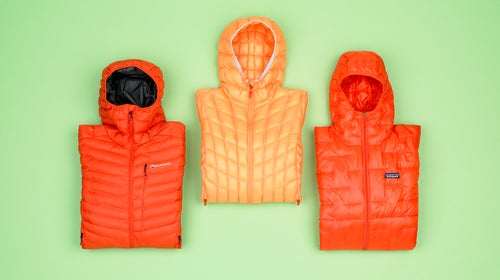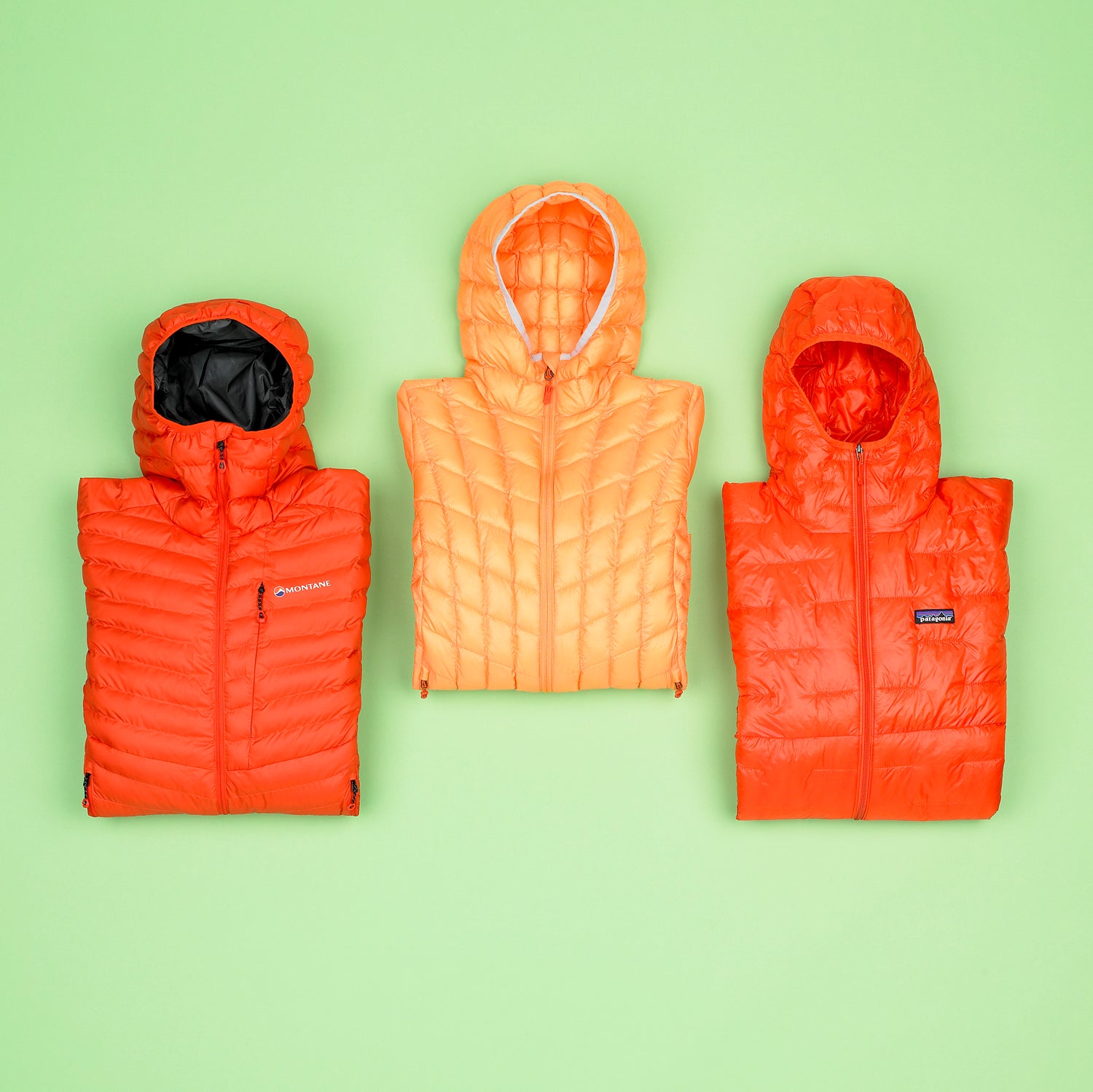When it comes to jackets and sleeping bags, goose down has been the star insulation since the 1930s for its unparalleled warmth-to-weight ratio. But its kryptonite has always been moisture: get down wet and the fine, soft underfeathers clump together, eliminating the heat-trapping spaces between them. Thus, in moist environments, adventurers have typically gone with synthetic alternatives made from hydrophobic polyester fibers. Unfortunately, the plastic stuff is heavier, doesnÔÇÖt pack down as well, and isnÔÇÖt as warm.
But spurred by rising costs and scarcityÔÇödown is a by-product of goose meat, which is appearing on fewer menusÔÇömanufacturers have developed ways to mimic downÔÇÖs coveted poofy structure by adjusting the diameter of poly strands and the way theyÔÇÖre tacked into ┬şjackets. ThinsulateÔÇÖs Featherless fill resembles frizzy clumps of hair. ThermoPlume, by PrimaLoft, contains tufts reminiscent of tiny sails. And Patagonia has constructed synthetic strands that look a lot like small feather boas. ÔÇťWeÔÇÖve been working with PlumaFill for ten years, but it has taken us this long to figure out how to match downÔÇÖs capabilities,ÔÇŁ says Kristo Torgerson, PatagoniaÔÇÖs alpine global product director.
So far none of the insulations have reached the loft of the finest 900-fill down, but theyÔÇÖve come damn close. The PlumaFill in PatagoniaÔÇÖs Micro Puff jacket (above right) is as warm or warmer than 800 fill. ÔÇťSynthetic insulations have always been the ideal for outdoor-gear makers because of their ability to handle moisture, but consumers want the loft and softness of down,ÔÇŁ says Donna Veraguth, who designs apparel for Jackson, Wyoming, clothing brand Stio. ÔÇťThe new synthetics have both.ÔÇŁ Veraguth sees them becoming more popular in sleeping-bag constructionÔÇötheyÔÇÖve already infiltrated the much larger bedding market. And that should have geese everywhere breathing a sigh of relief.
Here are three jackets we've been testing with next-gen insulation. 
Montane Icarus╠ř($199)
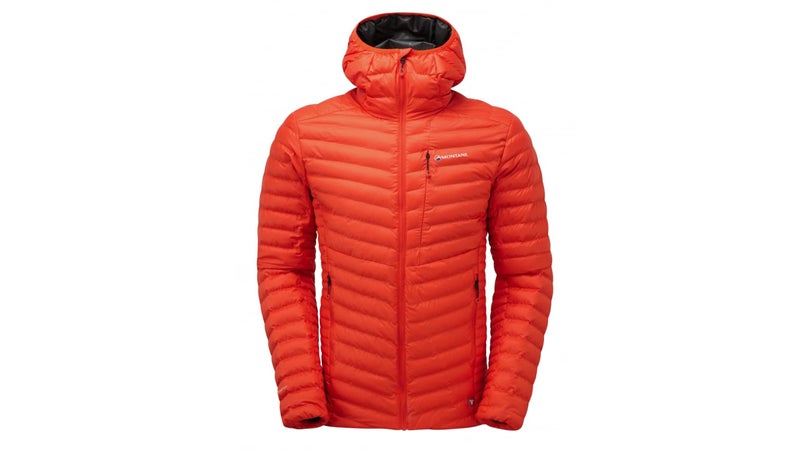
The Icarus uses PrimaLoft Thermo┬şPlume, which is blown into two baffle sizes. So-called nano baffles under the arms and along the side of the torso provide mobility and breathability (via the stitching) where less warmth is needed. Larger baffles hold more heat across the chest and shoulders.
Marmot Featherless Hoody╠ř($200)
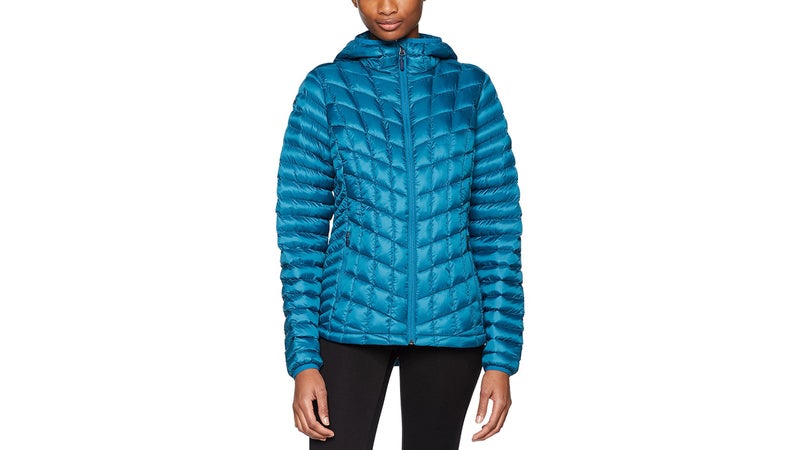
Marmot quilted Thinsulate Featherless into dozens of small compartments to prevent it from shifting around, so there are fewer cold spots. A second layer of polyester in the chest provides extra warmth and wind resistance.
Patagonia Micro Puff╠ř($299)
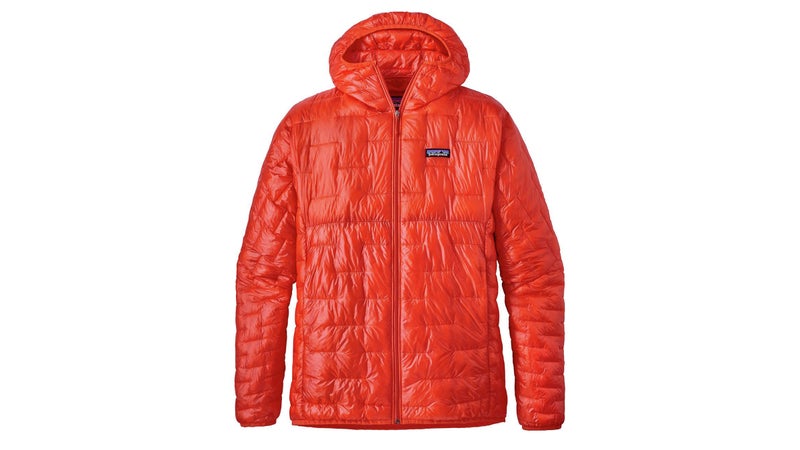
Long strands of PatagoniaÔÇÖs own PlumaFill are tacked into place between ten-denier fabrics for the lightest, plushest jacket here. The Micro Puff dried faster than any other synthetic-fill layer we tested. Performance like that comes at a premium, although the costs $50 less than PatagoniaÔÇÖs equivalent down-insulated piece.
